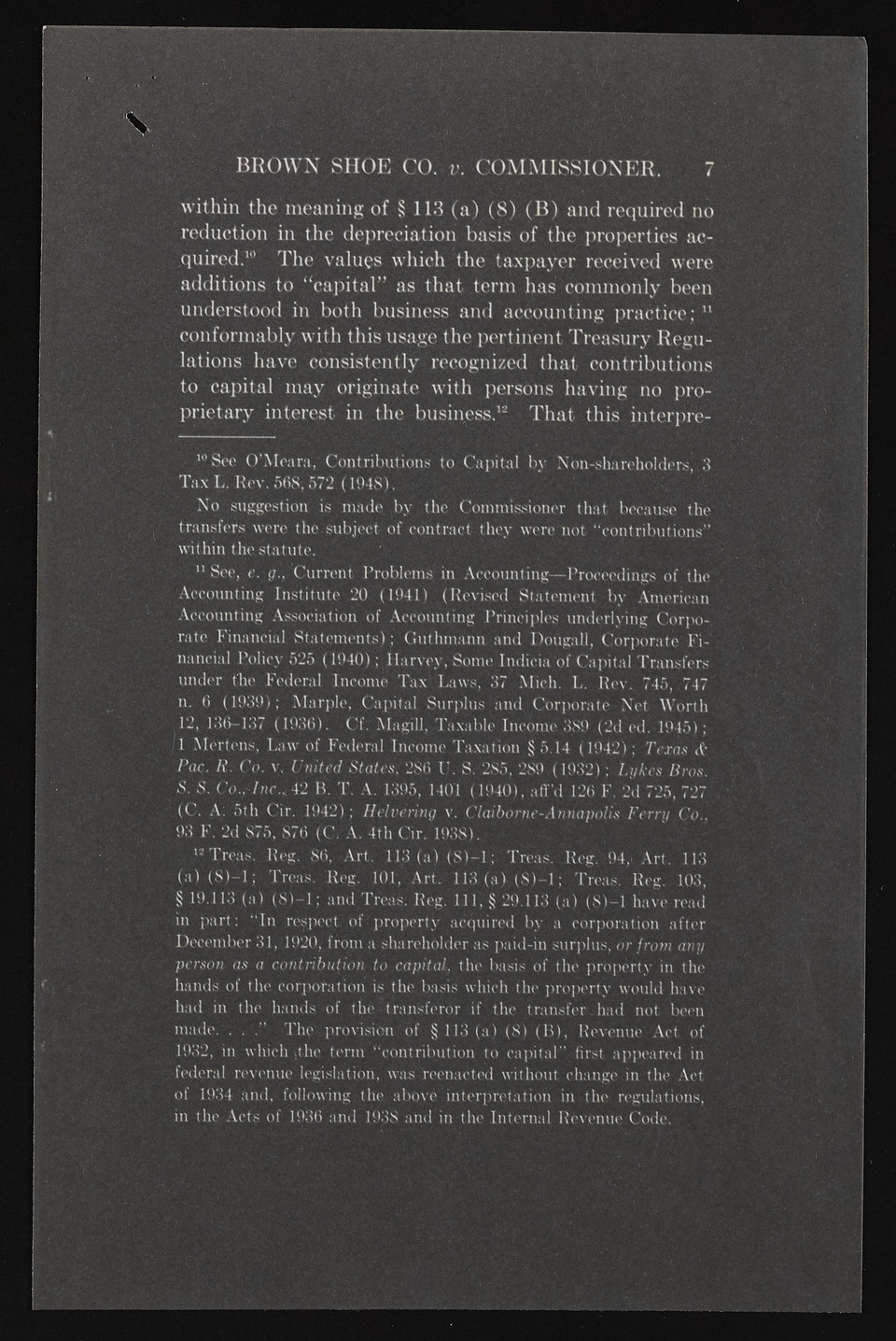Copyright & Fair-use Agreement
UNLV Special Collections provides copies of materials to facilitate private study, scholarship, or research. Material not in the public domain may be used according to fair use of copyrighted materials as defined by copyright law. Please cite us.
Please note that UNLV may not own the copyright to these materials and cannot provide permission to publish or distribute materials when UNLV is not the copyright holder. The user is solely responsible for determining the copyright status of materials and obtaining permission to use material from the copyright holder and for determining whether any permissions relating to any other rights are necessary for the intended use, and for obtaining all required permissions beyond that allowed by fair use.
Read more about our reproduction and use policy.
I agree.Information
Digital ID
Permalink
Details
More Info
Rights
Digital Provenance
Publisher
Transcription
within the meaning of § 113 (a) (8) (B) and required no reduction in the depreciation basis of the properties acquired. 10 The values which the taxpayer received were additions to “capital” as that term has commonly been understood in both business and accounting practice; 11 conformably with this usage the pertinent Treasury Regulations have consistently recognized that contributions to capital may originate with persons having no proprietary interest in the business.12 That this interpre- 10 See O’Meara, Contributions to Capital by Non-Tax L. Rev. 508,572 (194$). shareholders, 3 No suggestion is made by the Commissioner that because the wtiratnhsifne rtsh ew setraetu tteh.e subject of contract they were not “contributions’’ Ac1c1o Suenet,i ne.g gI.,n sCtuirturteen t2 0P r(o1b9l4e1m)s i(nR eAvcicsoeudn tSitnagt—emPernotc eebdyi nAgms eorfi ctahne Aractceo uFnitnianngci aAls sSotciaatteimoenn tosf )A; cGcuoutnhtmianng nP rainndci pDloeusg aulnld,e rCloyripnogr aCtoer pFoinuanndceira l tPhoel iFceyd 5e2ra5l (1I9n4c0o)m; eH aTravxe y,L aSwos,m e3 7In dMiicicah .o f 1C apRietval. T7r4a5n,s f7e4r7s n1.2 , 01 3(61-913397) ;( 19M3a6r)p.l e,C f.C aMpaigtialll ,S uTrapxlaubsl ea Inndc oCmoer p3o8r9a t(e 2 dN eedt. 1W9o4r5t);h /I Mortons, Law of Federal Income Taxation § 5.14 (1942); T e x a s >(• P ac. R . C o. v. U n ited S ta te s. 286 U. S. 2S5, 2S9 (1932); l.y k e s B ro s. S . S . C o . 42 R. T. A. 1395, 1401 (1940), a fif’d 126 F. 2d 725, 727 (C. A: 5th Cir. 1942); H elverin g v. C laib o rn c-A n n ap o lis F e rr y C o.. 93 F. 2d 875. 876 (C. A. 4th Cir. 1938). 12Treas. Reg. 86, Art. 113(a) (SI—1; Treas. Reg. 94, Art. 113 §( a1)9 .(181)3- l(;a ) T(rSe)a—s1.; lalnedg. Tr1e0a1s,. ARretg.. 111113.( §a )2(9S.1)1-3l ;( a)T r(eSa)s—.1 Rheagv.e r1e0a3d, in part: “In respect of property acquired by a corporation after December 31, 1920, from a shareholder as paid-in surplus, o r from any p erson a s a co n tribution to ca p ita l, the basis of the property in the hhaandd sil lo ft hteh e hcaonrdpso raoft iotnh ei s ttrhaen sbfaesriosr wihfi cthh et hter apnrsofpeerr thya dw onuoltd hbeaevne made. . . ." The provision of §113 (a) (8) (B), Revenue Act of f1e9d3e2r,a li nr ewvheincuhe ,tlheegi stleatrimo n,“ cwoantsr irbeuetniaocnt etdo wciatphiotuatl "c hfiarnstg ea pipne tahree dA citn oinf t1h9e3 4A catnsd ,o f f1o9ll3o6w ianngd t1h9e3 8a baonvde ini nttheer pIrnetteartniaoln Rine vtehneu er eCgoudleat.ions, BROWN SHOE CO. v. COMMISSIONER. 7

